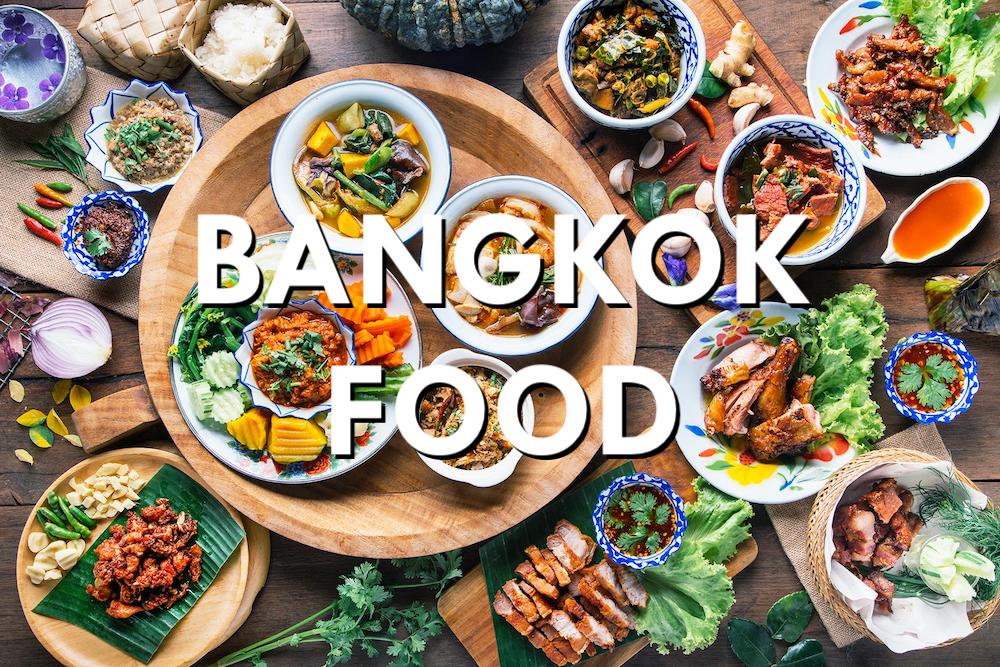A Culinary Journey Through Bangkok: From Street Stalls to Michelin Stars
Bangkok isn’t just a city, it’s a feast. From the moment you arrive, the aroma of sizzling noodles, bubbling curries, and grilled satay seems to follow you down every soi (side street) and market alley. With over 30,000 restaurants scattered across the Thai capital, the city’s food scene is as diverse and energetic as its people. Whether you’re dining barefoot on a plastic stool beside a canal or in a glass-walled rooftop restaurant overlooking the Chao Phraya River, Bangkok always delivers an unforgettable culinary experience.
At the heart of this vibrant food culture is an unshakable pride in flavor. Street food, once simply a necessity for busy locals, has become a globally celebrated aspect of Thai identity. Bangkok’s street food scene is legendary; nowhere else can you savor dishes like pad kra pao or boat noodles for just a couple of dollars, made fresh on the spot with an intensity and balance of flavor that chefs around the world try to replicate.
But Bangkok is more than just street eats. Since the Michelin Guide launched its Bangkok edition in 2017, the city has rapidly gained recognition as a serious culinary destination. As of 2024, it boasts six restaurants with two Michelin stars and twenty-four with one. Yet what makes Bangkok truly unique is how this prestige doesn’t only belong to white-tablecloth establishments. Jay Fai, the iconic street food chef known for her crab omelettes and trademark ski goggles, continues to hold a Michelin star, serving her dishes over charcoal fires in a modest shophouse.
It’s this collision of tradition and innovation that defines Bangkok’s food identity. Take Sorn, for example, where southern Thai cuisine is reimagined through the lens of fine dining, earning it two Michelin stars. Or Le Du, a restaurant that champions modern Thai cuisine using seasonal local ingredients, which has earned not just Michelin recognition but also topped Asia’s 50 Best Restaurants list.
Yet, despite the international accolades, Bangkok never loses its sense of fun and curiosity when it comes to food. You might be walking through Chatuchak Market and stumble upon grilled squid on a stick, coconut ice cream served in a husk, or fried insects being handed out to adventurous tourists. In places like Thonglor or Ekkamai, trendy cafes serve matcha lattes and Thai-Japanese fusion dishes just a few blocks away from time-honored noodle shops.
The city’s food culture also thrives on constant reinvention. Young chefs are blending French or Nordic techniques with local ingredients, while traditional vendors are finding new audiences on Instagram and YouTube. Even Bangkok’s floating markets, like Taling Chan or Amphawa, offer not just a meal, but a time-traveling experience where you can eat grilled river prawns cooked on a boat, just as people did a century ago.
In Bangkok, food is more than nourishment, it’s performance, heritage, innovation, and community, all served on a plate (or more often, in a bowl). Whether you’re tasting a street-side papaya salad at midnight or indulging in a 15-course tasting menu, every bite tells a story of a city that never stops eating—or surprising.





